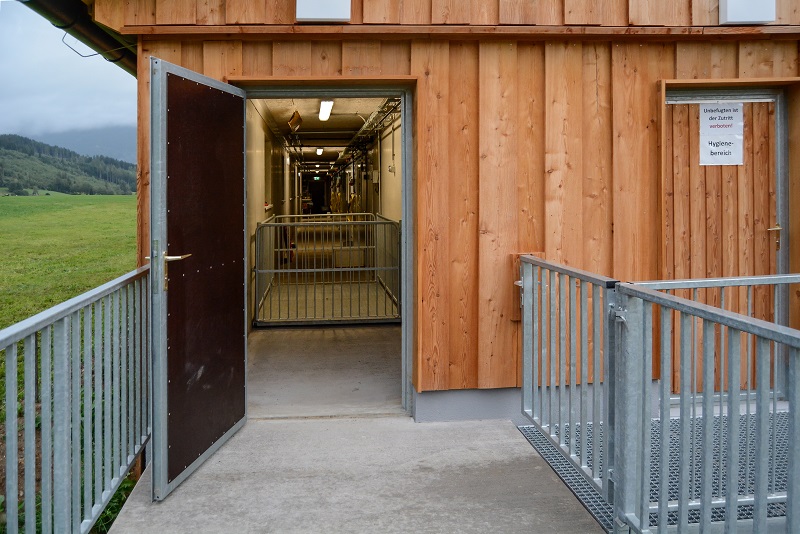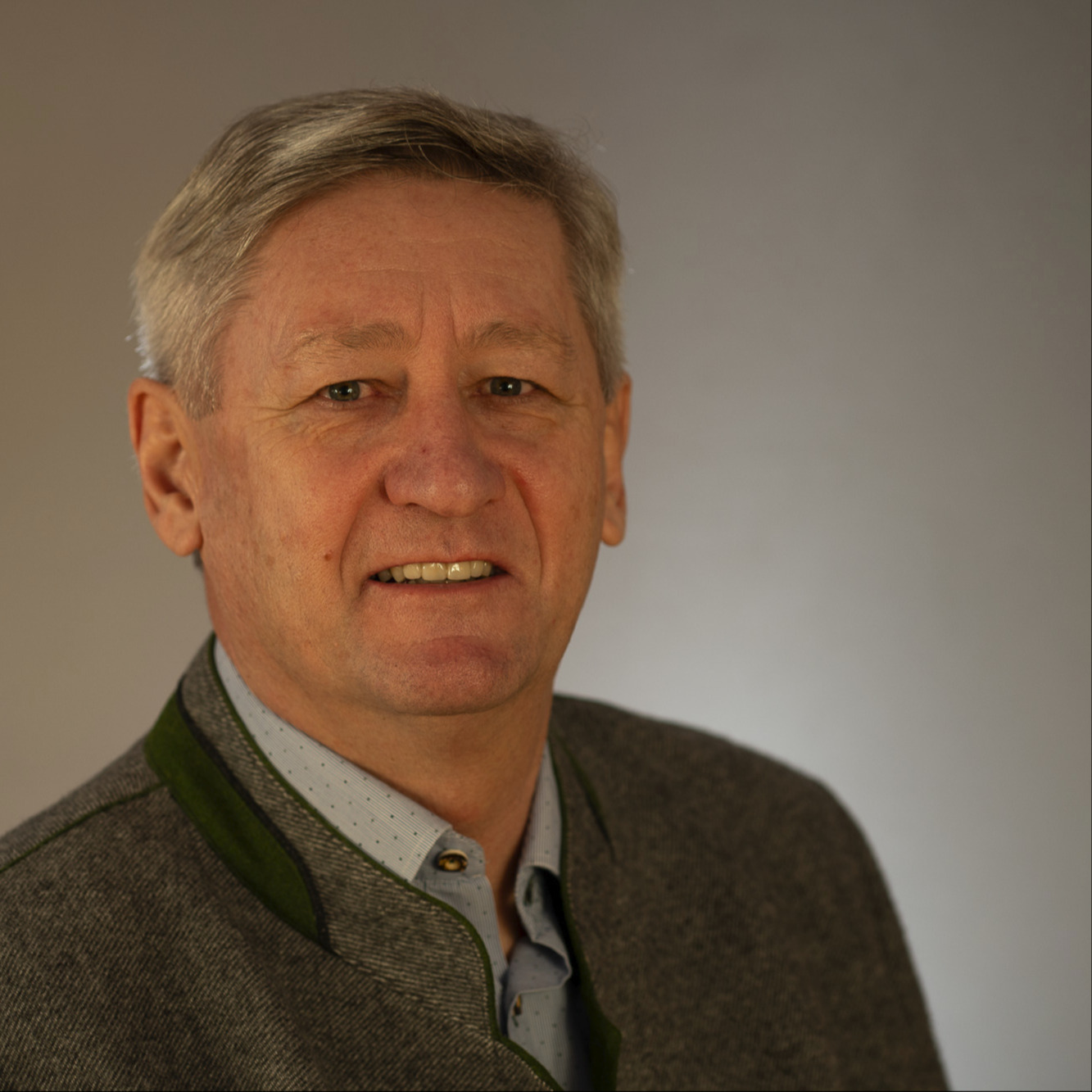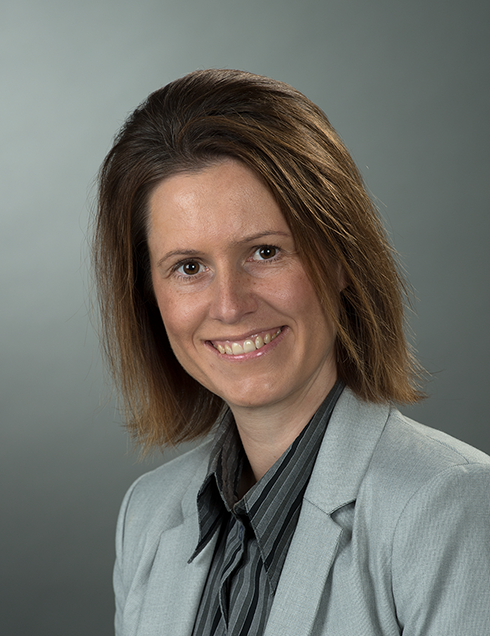However, ammonia emissions not only affect this area of air pollutants; they also have consequences for the formation of fine dust. Secondary fine dust particles arise in the atmosphere from gaseous precursor substances - ammonia is the limiting factor here. There are different “screws that can be turned” when it comes to reducing ammonia in livestock farming - the focus is currently on pig farming. For example, protein-adapted feeding and the use of feed additives that have been proven to lead to lower ammonia release are effective.
Exhaust air purification technologies
Another option for reducing ammonia emissions, which has hardly been used in Austria to date, is the use of exhaust air purification technologies. However, before a broader use of such systems - which have already been in use in Germany for some time - in domestic agriculture is considered, it is definitely useful to examine the technologies available on the market in detail to determine their practical suitability for the Austrian business structure. Are the systems examined suitable for retrofitting existing stables, what degree of separation for ammonia and odor can be expected, up to what minimum compartment sizes does it make sense to use them, what are the investment costs and the ongoing costs for the operation and service costs of the technologies examined?
The HBLFA Raumberg-Gumpenstein has been dedicating itself to clarifying these questions in the new pig research barn since the beginning of 2018, as part of the pilot project experimental barn: exhaust air scrubbers for fattening pig houses. We are currently in the final phase of summarizing the results - the final project report will be available in the course of autumn 2020.
At the end of 2019, the test series regarding the exhaust air purification systems were completed (over a total of four mast runs). A trial is currently underway - over a period of two fattening cycles - with two cooperating feed companies to reduce emissions of odor and ammonia in the animal sector.










